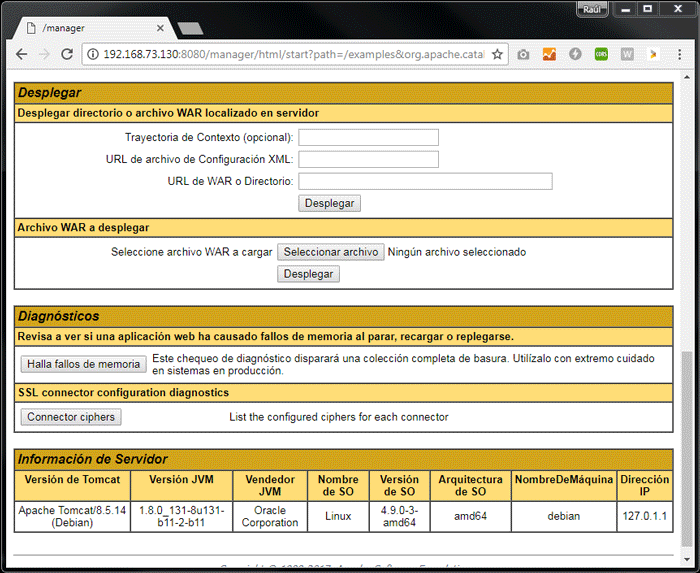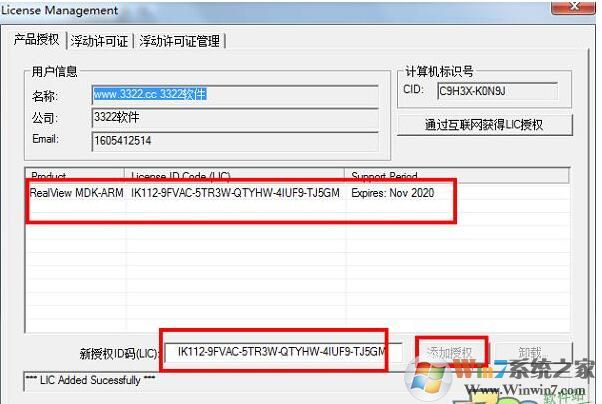

Step8: Creating Workers ( they are our minions!!) Other four directive’s tasks could be easily interpreted by their very name JkLogFile is the log for the mod_jk, It is good to troubleshoot in case of issues JkWorkersFile is the file where we would be defining the application server details and nodes etc JkLogStampFormat "" JkOptions +ForwardKeySize +ForwardURICompat -ForwardDirectories Now we need to Create a new file named mod_jk.conf and add the following lines LoadModule jk_module "/etc/httpd/modules/mod_jk.so" JkWorkersFile /etc/httpd/conf/workers.properties Here is the Snap of my directory before adding a new file.

This setup would help in categorizing and managing the modules effectively Our LoadModule has to be put under /etc/httpd/ directory as a new file. You can see there are multiple INCLUDES in nf grep -i ^Include conf/nfĪnd all the module related configurations are loaded from directory In an earlier version of apache if we want to Load any module we would use LoadModule directive in nf file.īut, in Apache2+ every configuration files are in a distinct directory and imported into nf using Include directive. SO file, we have just copied to the modules directory Lrwxrwxrwx 1 root root 10 Oct 31 13:58 run -> / run/httpdĭrwxr-xr-x. Lrwxrwxrwx 1 root root 29 Oct 31 13:58 modules ->. Lrwxrwxrwx 1 root root 19 Oct 31 13:58 logs ->. Here is my directory listing of server_root /etc/httpd for your reference mw-web01 # ls -rltĭrwxr-xr-x. rw-r-r- 1 root root 1622 Nov 6 14 : 37 Makefile.apxs rw-r-r- 1 root root 3328 Nov 6 14 : 37 Makefile rw-r-r- 1 root bin 10350 bldjk54.qclsrc If you list the content of the directory you could see the mod_jk.so file created, copy it to modules directory of your apache web server mw-web01 # pwd Now you should be able to see the apache2.0 directory created under the native directory, Step6: Copy the Generated mod_jk.so file to apache modules Libtool: install: warning: remember to run `libtool -finish /usr/lib64/httpd/modules '

usr/lib64/apr -1/build/libtool -silent -mode=install cp mod_jk.la /etc/httpd/modules/tomcat-connectors -1.2. scripts/build/instdso.sh SH_LIBTOOL= '/usr/lib64/apr-1/build/libtool -silent' mod_jk.la `pwd` Make: Entering directory `/usr/lib64/httpd/modules/tomcat-connectors -1.2. Make: Leaving directory `/usr/lib64/httpd/modules/tomcat-connectors -1.2. List= 'common apache-2.0' \ for i in $list do \ usr/lib64/apr -1/build/libtool -silent -mode=compile gcc -std=gnu99 -I. I/usr/include/httpd -DHAVE_CONFIG_H -O2 -g -pipe -Wall -Wp,-D_FORTIFY_SOURCE= 2 -fexceptions -fstack-protector-strong -param=ssp-buffer-size= 4 -grecord-gcc-switches -m64 -mtune=generic -pthread -DHAVE_APR -I/usr/include/apr -1 -I/usr/include/apr -1 -DHAVE_CONFIG_H -DLINUX -D_REENTRANT -D_GNU_SOURCE -c jk_ajp12_worker.c -o jk_ajp12_worker.lo Note*: Sometimes apxs could be found in /usr/sbin also, Please use locate apxs (or) find / -name “apxs” commands to find the location of apxs and use the respective path with configure command Step5: Execute the Make CommandĮxecute the make command to build the .so (system object) file on the same native directory # make bin/mkdir -pĬhecking whether make sets $(MAKE). bin/install -cĬhecking whether build environment is sane. x86_64-unknown-linux-gnuĬhecking for a BSD-compatible install. x86_64-unknown-linux-gnuĬhecking target system type. x86_64-unknown-linux-gnuĬhecking host system type. configure -with-apxs=/usr/bin/apxsĬhecking build system type.


 0 kommentar(er)
0 kommentar(er)
